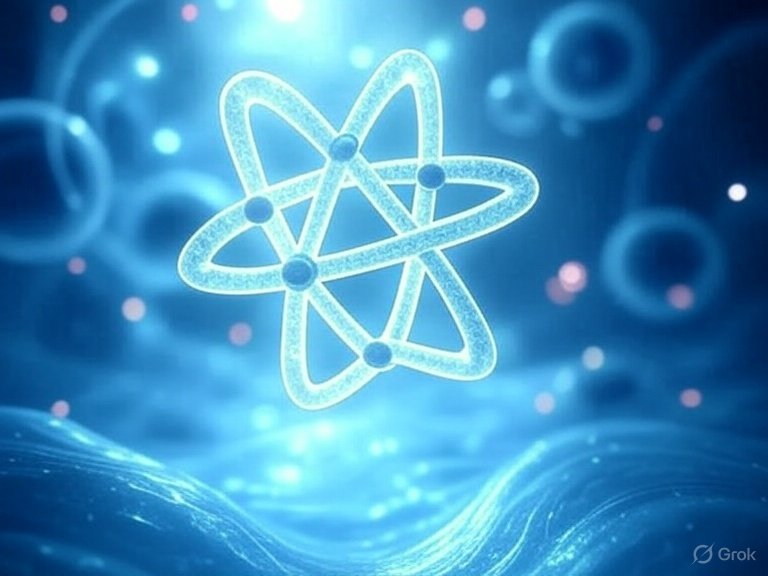
Introduction
In the oil and gas industry, reservoir souring is a critical issue caused by the production of hydrogen sulfide (H₂S) gas due to bacterial activity. This article explores how bacteria are introduced into formations, the mechanisms behind souring, and its consequences for oil and gas operations.
Pathways of Bacterial Introduction
Bacteria can enter oil and gas formations through several pathways during exploration, drilling, and production:
- Drilling and Completion Fluids
Water-based drilling muds and completion fluids can introduce sulfate-reducing bacteria (SRB) or other microbes into the reservoir. Without proper treatment, these fluids act as carriers for microbial contamination. - Water Injection for Enhanced Oil Recovery (EOR)
Waterflooding, used to maintain reservoir pressure, often involves injecting seawater or produced water. These water sources can contain SRB, which thrive in anaerobic conditions and utilize sulfates in seawater as a nutrient source. - Surface Equipment and Pipelines
Contaminated surface facilities, such as pipelines and storage tanks, can introduce bacteria into the reservoir if sterilization protocols are inadequate. - Natural Microbial Populations
Some reservoirs naturally contain dormant microbial communities, including SRB, which can become active when stimulated by water injection or nutrient influx during production.
Mechanism of Reservoir Souring
Reservoir souring is primarily driven by sulfate-reducing bacteria (SRB), which thrive in the oxygen-deprived environments of subsurface reservoirs. The process involves:
- Anaerobic Conditions: SRB flourish in oxygen-free environments typical of reservoirs.
- Sulfate Reduction: SRB use sulfate ions (SO₄2-) as an electron acceptor, reducing them to hydrogen sulfide (H₂S) while metabolizing organic compounds like volatile fatty acids.
- H₂S Production: The resulting H₂S gas accumulates, souring the produced oil and gas.
The chemical reaction for sulfate reduction is:
SO₄2- + organic matter → H₂S + CO₂ + H₂O
Impacts of Souring
The production of H₂S has several detrimental effects:
- Corrosion: H₂S is highly corrosive, damaging pipelines, production equipment, and infrastructure, leading to costly repairs.
- Health and Safety Risks: H₂S is toxic, posing significant risks to personnel and requiring stringent safety measures.
- Reduced Product Quality: High H₂S levels lower the market value of oil and gas, necessitating additional processing.
- Environmental Concerns: H₂S emissions contribute to air pollution and pose environmental risks if not managed properly.
Mitigation Strategies
To prevent or manage reservoir souring, operators employ several strategies:
- Biocide Application: Chemical biocides control bacterial growth in injected water and surface facilities.
- Nitrate Injection: Adding nitrates encourages nitrate-reducing bacteria, which outcompete SRB for nutrients, reducing H₂S production.
- Water Treatment: Deaeration and filtration of injected water remove oxygen and microbial contaminants.
- Monitoring and Modeling: Regular monitoring of microbial activity and predictive modeling help anticipate and manage souring risks.
Conclusion
Bacterial introduction into oil and gas formations, often through drilling fluids, water injection, or contaminated equipment, can trigger reservoir souring via sulfate-reducing bacteria. The resulting H₂S production impacts infrastructure, safety, and product quality. By implementing robust mitigation strategies, the industry can minimize souring and ensure safer, more efficient operations.





